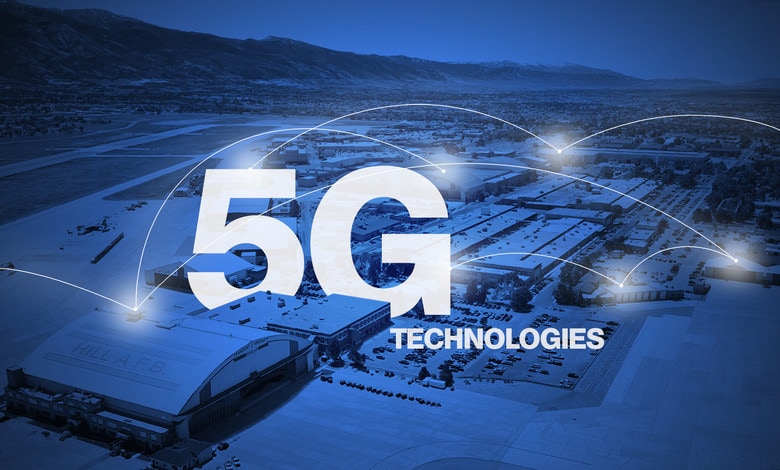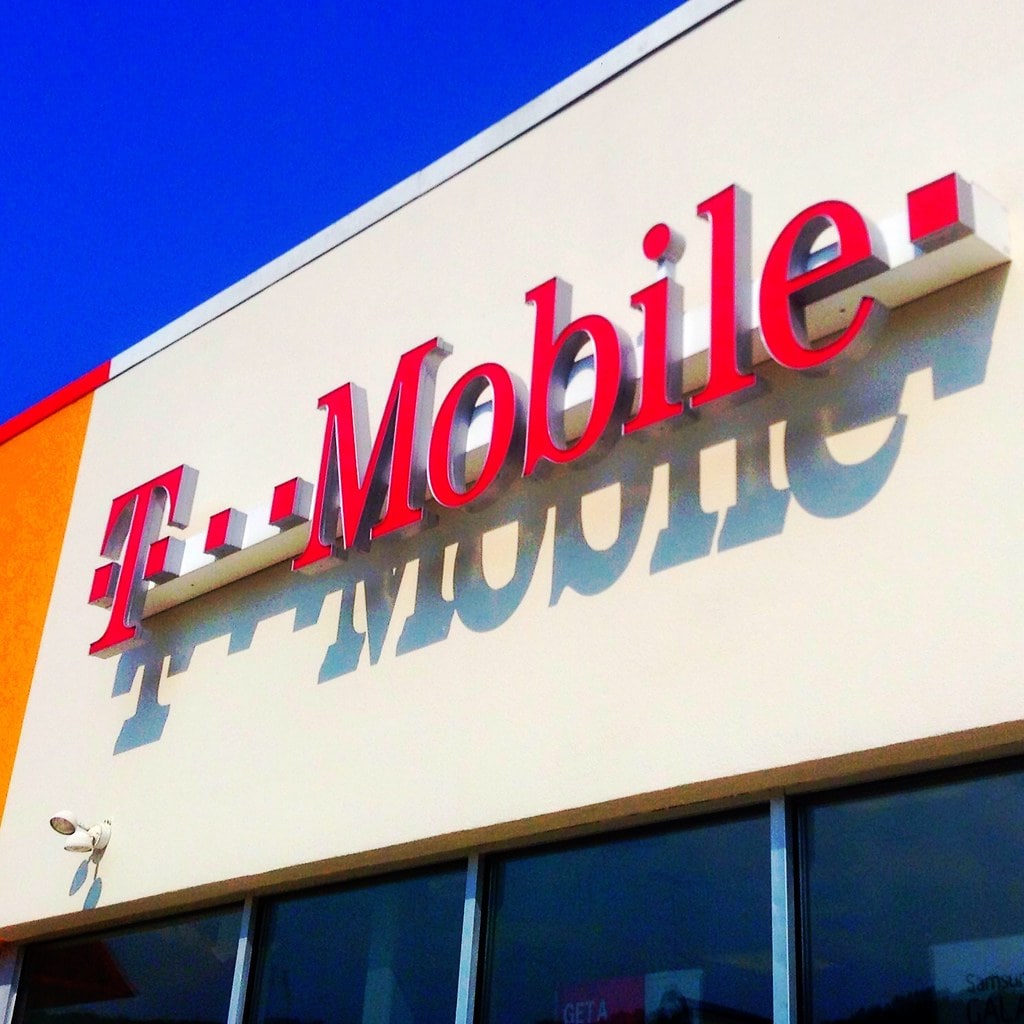Are you familiar with the acronym GSM? What about CDMA? Virtually everyone has a smartphone these days, but most people haven’t heard these terms, and they don’t understand what they mean. Being an informed smartphone user, though, means educating yourself about GSM and CDMA. In this article, we’ll explain what GSM carriers are, and we’ll break down whether or not it’s a smart idea to sign up with one.

GSM Carriers vs. CDMA Carriers
When we’re talking about GSM and CDMA, what we are talking about is a technological difference. They are the reason, for example, that you would not be able to use an older Verizon phone on AT&T’s network. The same goes the other way as well. But why should that be true?
CDMA stands for code division multiple access, while GSM means a global system for mobiles. These acronyms refer to two older systems of radios that are used in some cell phone models. These are models that are coming closer and closer to becoming entirely outdated. It’s like when Betamax was on its last legs. Verizon, for instance, has almost completely turned off its CDMA network here in the early stages of 2020. However, as this is happening, there are millions of individuals around the country who still make use of devices that require these networks.
The Generations of Wireless Technology

You might have heard terms like “4G” and “5G” before when it comes to cellular service. Most people understand that the new 5G networks that are being rolled out are something desirable, but what exactly does “5G” mean?
When providers use the term “G,” what they are talking about is a generation of wireless technology. In other words, there have been generations 1,2,3, and 4 up to this point, and now 5G technology is coming into play for the first time around the country.
Each successive generation, or “G,” is more advanced than the one that came before. Each generation has better data transfer capabilities, and each one is able to support more users than the last one.
What is the Difference Between the Generations?

Generation one used analog cell phones. Carriers switched over to 2G in the 1990s. There were several competing options at that point, but two of the ones that first made an appearance in that era were GSM and CDMA. These two remained separate from each other while generation three started being rolled out in the early 2000s. It was at this point that faster data speeds started to be seen, but GSM and CDMA remained incompatible with each other.
Carriers eventually all switched over to an LTE network. In theory, that should have ended the difference between CDMA and GSM. A global 4G LTE standard was going to level the playing field, or so carriers thought.
However, many phones still needed to support networks that were 2G and 3G. Because of this, there could be a difference incompatibility with some devices. With phones that still needed to support 2G and 3G networks, the split between GSM and CDMA continued to be an issue.
What Does the Future Hold for GSM and CDMA Networks?
Carriers are now intent on implementing a nationwide 5G network. This should bring about a new standard called 5G-NR. The GSM and CDMA split will remain, though, even with 5G in place, at least for as long as some devices continue to be reliant on older networks.
In the US, doing away with older networks and the devices that are reliant upon them is a priority for all of the major service providers. Verizon has just recently turned off its 2G and 3G networks. AT&T has done away with 2G. Sprint has said that they will continue running 3G till the end of 2022, while T-Mobile is getting rid of 2G and 3G at the end of this year.
What Do All of These Changes Mean for You?

At this point, you’re probably wondering what all of this has to do with you as a consumer. Really, all of this is meaningless except in the context of what device you have and what provider you use. Older devices are those which are more inclined to run on 2G and 3G networks. You’re probably okay with 4G LTE devices, at least for a while.
Essentially, what we are discussing is the endless march forward of technology. There will come a time if you have an older generation of smartphones that it will no longer work with virtually all of the major providers because they will have moved on from the networks they once used.
Here in the US, the carriers that have continued to use GSM are T-Mobile and AT&T. That also applies to all of the smaller subsidiaries that use their networks. The biggest ones that have stuck with CDMA are Verizon, Sprint, and US Cellular.
How all of this will impact you will depend largely on the choices you’re making. If you bought a smartphone that has come out in the past five years, then it’s unlikely that you’re going to be put in a position where your device will be rendered entirely obsolete. If something like that is going to happen, then you can be sure that your cellular service provider will give you plenty of advance warning so you can go in a different direction.
Most of the world has gone with the GSM system rather than CDMA. Even with the 5G system being implemented, though, it is not as though it’s going to be in use instantaneously for all of the different generations of devices that are out there. More recent ones will be able to take advantage of 5G if the owners are using a provider that supports it. Others will have to continue using either GSM or CDMA for as long as there’s a distinction between them.
Are CDMA Devices or GSM One’s Better?

CDMA and GSM have different technologies that are at the core of their functionality. We’d be hard-pressed to say that one is better than the other; there are positives and negatives with each. What’s vital for you as a consumer, though, is understanding when and if your older device is going to stop working because your carrier has decided to drop an older network.
Regardless of whether your device and cellular service provider work with GSM or CDMA, you may be worried about the impending switchovers. If that is true, the best thing to do about it is to talk to your provider. Get the concrete date of when the switch is going to happen if it hasn’t already. Let them know what device you have, and they should be able to tell you if and when you are going to be affected.
In the future, it seems likely that GSM and CDMA differences will be nullified. That is because new standards, like that represented by the 5G networks and accompanying technological advances, will relegate GSM and CDMA to the past. This is the way of all technology when enough time has passed, so it is no reason to shed a tear. All that is required of you is to prepare for the future. That might mean purchasing a new smartphone, changing service providers, or even both.






